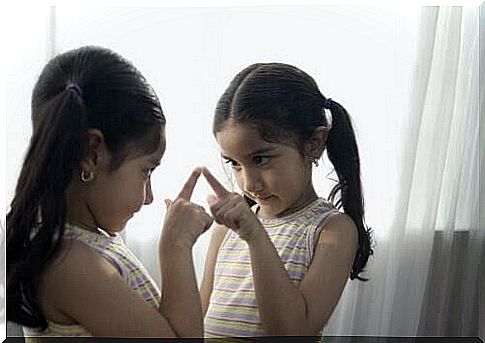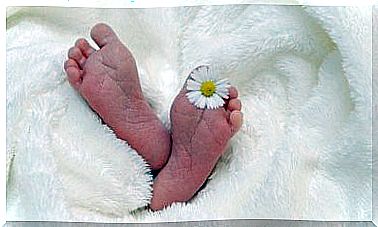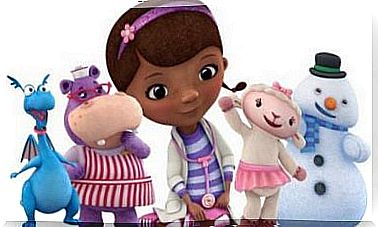What Is Self-perception And How Does It Develop?

Many variables come into play when assessing your own personal self-perception. In many cases, it is shaped or influenced by the things that surround you and how you relate to your environment.
Below we define what self-perception actually means and how this trait develops.
The difference between self-perception and self-esteem
Self-perception is basically the opinion we have about ourselves. It is a set of ideas and beliefs that contribute to the image we project to others around us. It essentially describes how we are unique as individuals.
Self-esteem is something else; it is the whole “package” of emotions that we add to that image to shape our personality. Self-perception also differs from our self-image, which is mainly about our appearance.
It is quite subjective because it is about our own changing ideas and beliefs about ourselves.
Self-perception as theory
We can divide the idea into two groups:
- Personal identity
- Social identity
On the personal level, self-perception is affected by variables such as personality and other characteristics that make us unique.
On the other hand, the social environment is changed or modified by the environment we share with others.
This environment can be the religion we belong to, the society where we live, the place where we study, our family life, etc. It can also change over time and by our life experiences.

Examples of self-perception
Many people create a perception, a concept or an image, of themselves based on distorted perceptions. For example, people suffering from anorexia see a distorted picture of themselves when they look in the mirror – a picture that differs from what others around them see.
Therefore, they continue with their deficient diet and do not admit that they have a disorder. Here we have a clear example of how the social environment we live in, as well as how we are affected by advertising and the ideals that advertising presents, can affect the image we have of ourselves.
But there are also positive examples. People who value themselves set goals and direct all their efforts towards fulfilling them. They always have a positive attitude and say to themselves, “Yes! I can do it!”
They are also willing to influence their surroundings with their positive attitude. These people are confident and always defend their ideas. Their positive self-esteem gives them many benefits in life.
Development of self-perception
Self-perception is not just an egocentric view of ourselves. It is not static either – the social factor also affects.
To develop a positive self-perception, you need to consider the following:
- Make sure your life has real meaning.
- Develop your skills and believe in them.
- Be social in your environment.
- Be open to new experiences and be a person who is willing to change and adapt.
- Have a good attitude and be an optimistic person.
- Set goals in life, both in the short and long term.
- Be a productive individual.
- Pay attention so that you can come up with solutions to various problems.
5 qualities that characterize a person with good self-perception
- Organized. The person can make situations less complex by categorizing them.
- Can do several things at once. The person can do different things at the same time and set priorities to implement them all.
- Experimenting. Experience is an important part of the development of self-perception.
- Reflects on himself. The person evaluates their own progress based on concepts or ideas that arise in the environment or through different learning experiences.
- Differentiates between different variables in a situation. With the help of an idea or a concept, the person can handle different variables in a situation, but can also use their own judgment.

4 benefits of a positive self-perception
As we have seen, the self-perception is formed by an individual’s use of the opinions that others have about the person, and it can benefit him or her in the following ways:
- The person can relate to other individuals and the environment that surrounds him or her.
- A positive self-perception satisfies the person’s basic needs that are used to create his or her personality.
- It contributes to good behavior.
- It promotes the person’s social skills.
In conclusion, the goal here is to start getting to know yourself and other people better by using experiences that help you improve as a person and that allow you to feel the satisfaction of being a useful person in society.
At the same time, one must be willing to change one’s opinions and concepts in a way that is compatible with the goal of having one’s own identity.









